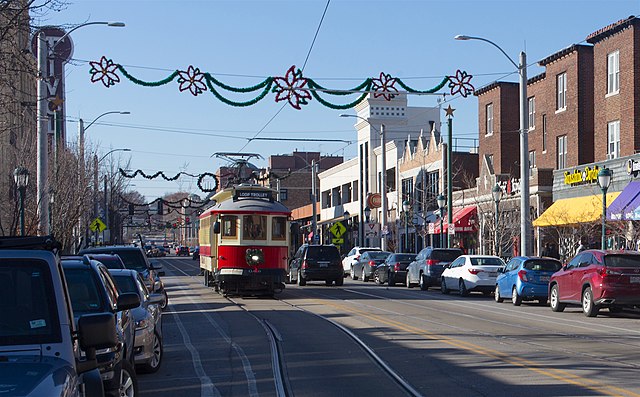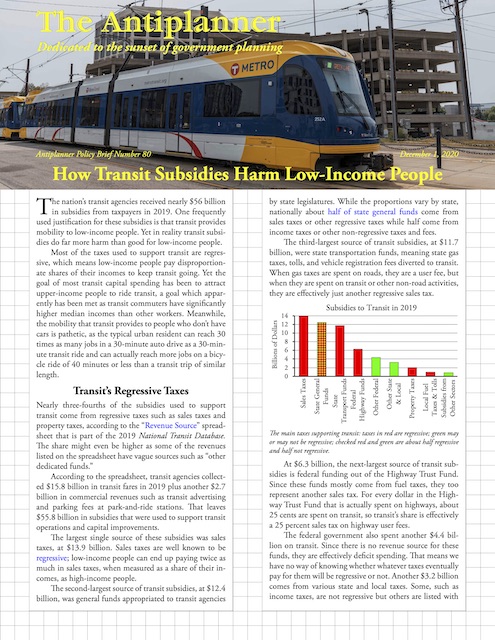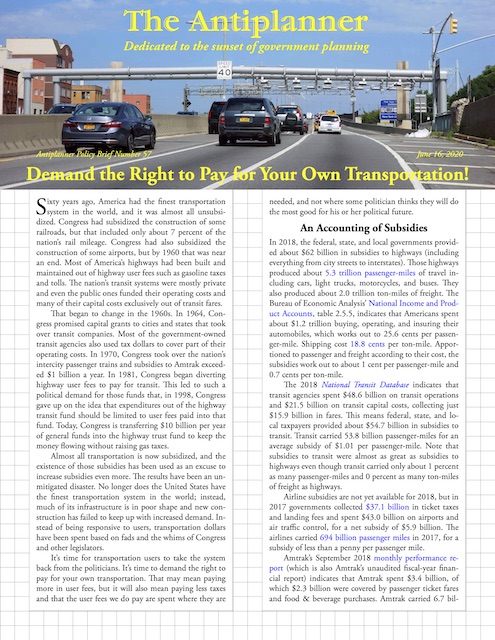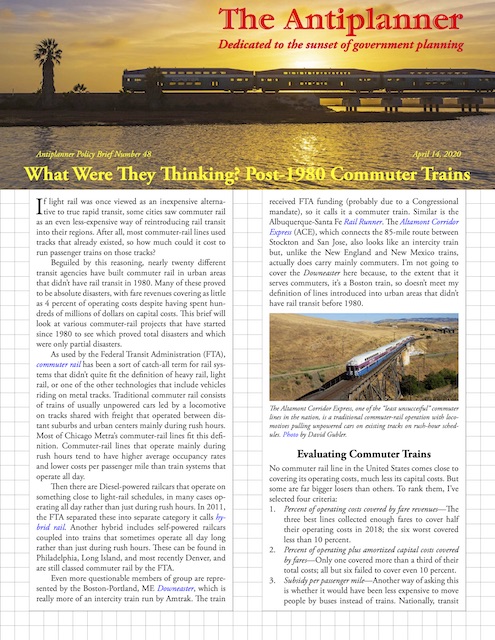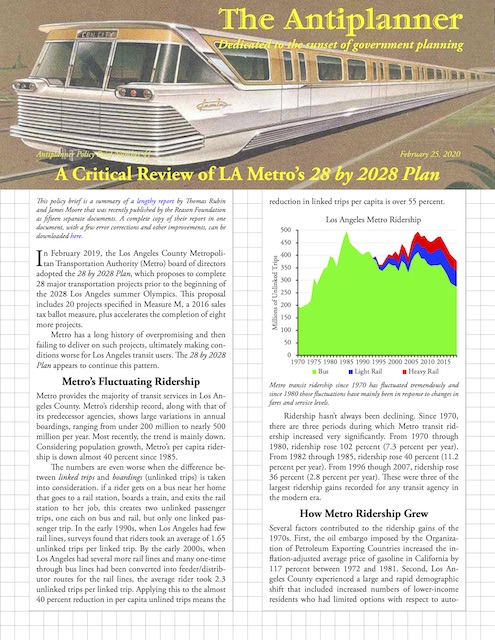How much does it cost to repair the damage to streets done by streetcar construction when people finally figure out that streetcars are obsolete? In the St. Louis suburb of University City, which spent $51 million building the 2.2-mile Delmar Loop Trolley, the answer is supposed to be $1.5 million. But anything to do with rail transit has cost overruns, so it is likely to be more.
Streetcars are often touted as generators of economic development, but the Loop Trolley went through a business district that was already thriving. Photo by Paul Sableman.
The Obama administration loved streetcars so much that it gave $25 million of “urban circulator/livability project” funds to St. Louis to cover half the cost of this streetcar. Though that was in 2010, construction didn’t actually begin until 2015. Though construction was completed in November 2016, operations didn’t begin until November 2018. The streetcar ran for just over a year, but having attracted hardly any riders, it ran out of money in December 2019. Continue reading

